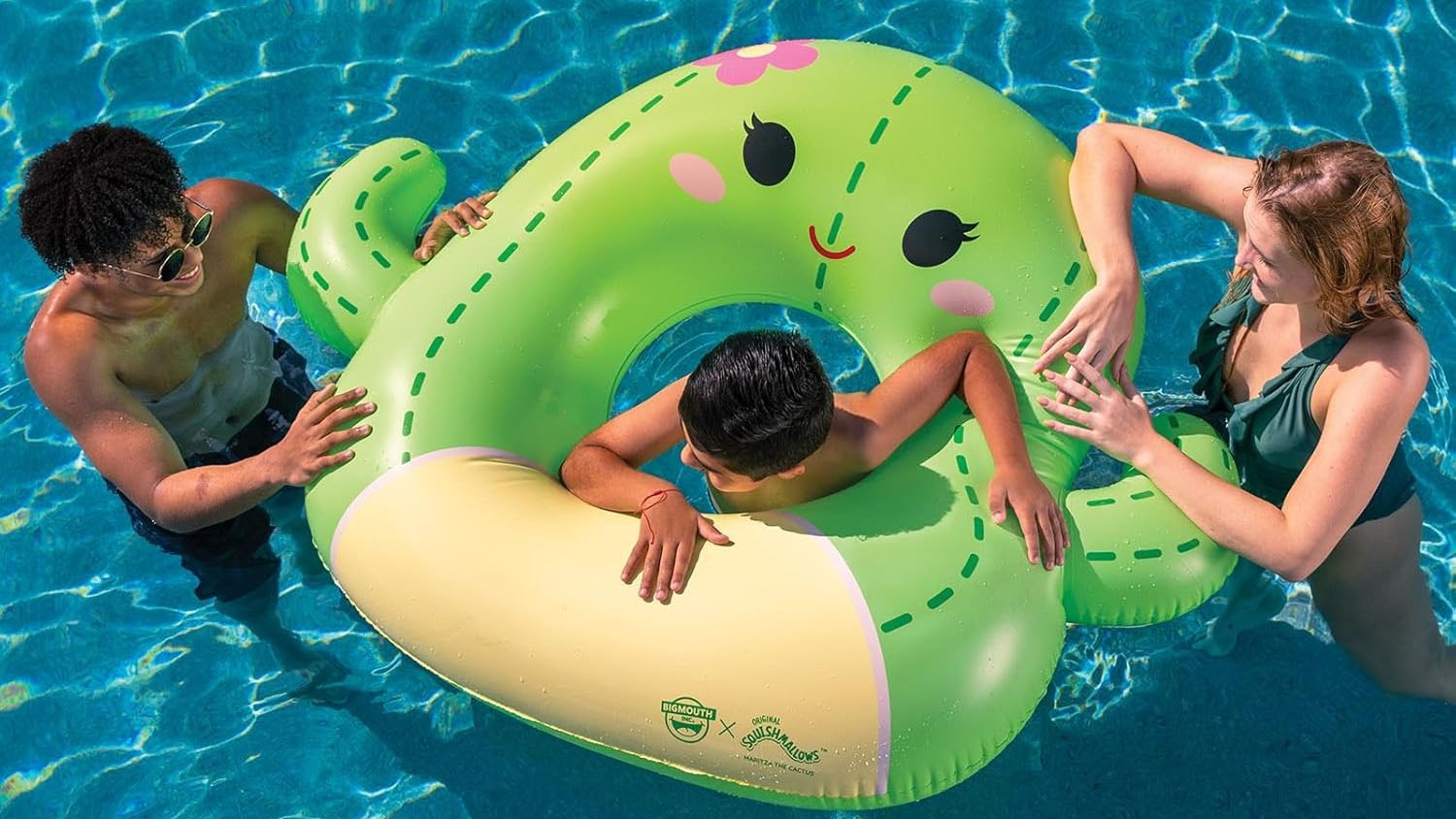NEW YORK — The 100 days between Memorial Day and Labor Day are considered the deadliest stretch for drivers on the road. As the summer driving season shifts into high gear, Chevrolet engineers have developed a unique concept to address a major safety hazard: drowsy driving.
Getting behind the wheel without enough sleep accounts for nearly ten percent of crashes in the U.S.
To drive home the point, Chevrolet developed a drowsy driving simulator suit.
“How much does all of this weigh?”
“I think 23 pounds.”
Weights are strapped around your ankles, wrist and chest.
“It’s even hard to walk. I know it’s crazy.”
Computer controlled goggles complete it.
We tested the suit on a controlled track.
“We’re going to go to 20 miles per hour and you’re going to take my vision away for about a second.”
“Yes, every four seconds you’re going to have a flash of one second.”
The outcome: The driver lost control and hit a cone.
According to the National Sleep Foundation, 60 percent of adults admit to drowsy driving and 37 percent have fallen asleep at the wheel.
“If you’re yawning a lot, that’s a good sign,” said Maureen Short, a human factors expert and safety engineer for Chevrolet. “If you actually have, you can’t remember the last couple miles or the last couple exits, you definitely want to consider getting off the road.”
If you start feeling tired but can’t get off the road, Short recommended using hands-free devices to call a friend, engaging your brain with mind games or using your car’s technology to avoid drifting.
Just this month, a driver in Florida crashed into a toll booth; one of the passengers flew through the windshield of his car but survived. State troopers believe the driver was either asleep or fatigued at the time.
“The biggest thing you can do is get engaged.”
Safety experts say at least six to eight hours of sleep a night is the only way to keep you safe on the road.



















